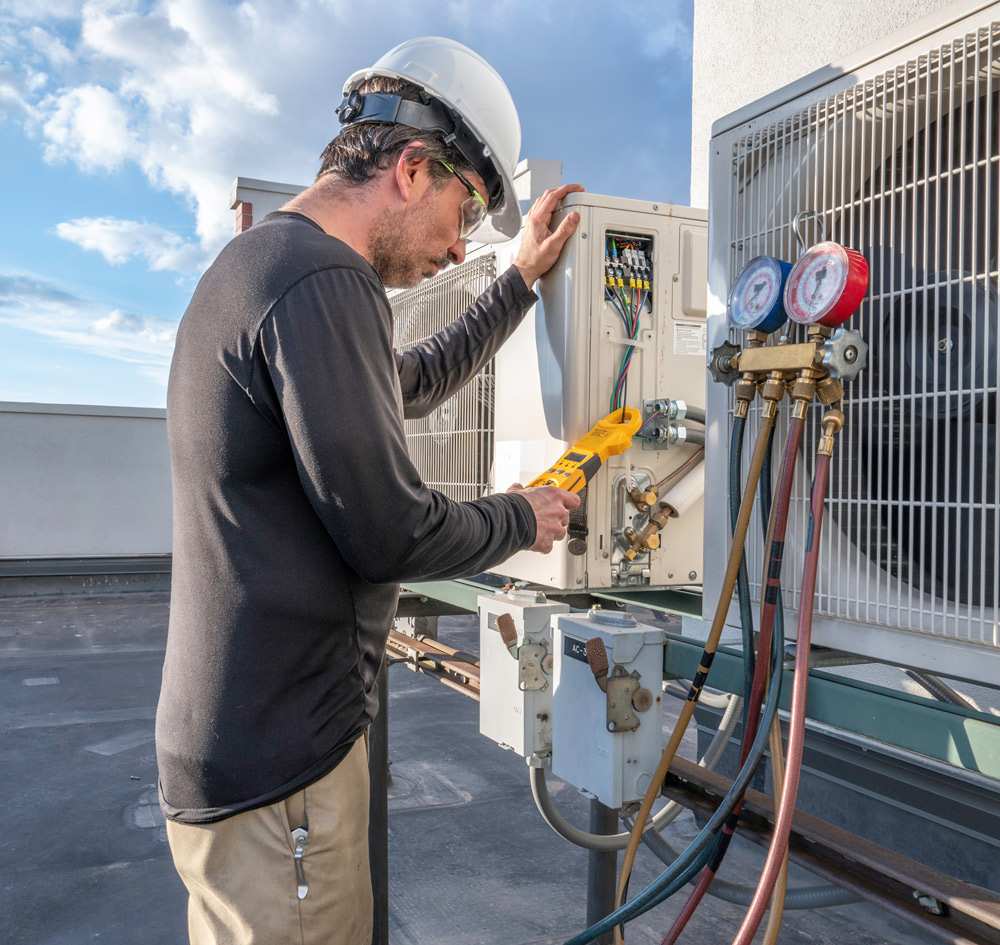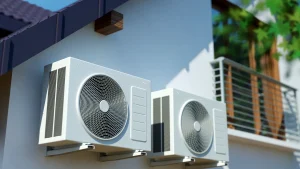As the seasons change, so do the demands on our air conditioning systems. In the UK, where weather patterns can be unpredictable and sometimes extreme, preparing your air conditioning system for the upcoming season is essential.
Whether bracing for a sweltering summer or a chilly winter, taking steps to ensure your system is ready can significantly impact its efficiency and longevity. Not only does this preparation help maintain a comfortable indoor climate, but it also aids in reducing energy consumption and avoiding unexpected breakdowns.
Understanding the specific needs of your air conditioning system as the seasons shift is crucial. Summer demands the system to cool efficiently, while winter might require it to provide some form of heating or simply to be protected against the cold to prevent damage.
Neglecting these seasonal preparations can lead to decreased performance, higher energy bills, and costly repairs. This guide will walk you through the essential steps to prepare your air conditioning system for both summer and winter, ensuring it operates at peak efficiency year-round.
Understanding Your Air Conditioning System
Before diving into seasonal preparations, it’s vital to have a firm grasp of your air conditioning system’s intricacies. The UK is home to various air conditioning types, from split systems and multi-splits to portable units and central air conditioning.
Each system has its own set of maintenance requirements and preparatory steps. Knowing whether your system is primarily for cooling, provides heat pump capabilities for heating, or includes features like air filtration and humidity control, shapes the approach to its seasonal care.
Acknowledging your system’s specifications isn’t just about technical know-how; it’s about ensuring you can provide the best possible care. For instance, a system with a heat pump function will require different winter preparation compared to a cooling-only model.
Familiarising yourself with the user manual, understanding the system’s components, and recognising signs of wear and tear are all pivotal. This foundational knowledge not only aids in performing basic maintenance tasks but also informs when to seek professional assistance for more complex issues.
Preparing for Summer
Summer preparation focuses on ensuring your air conditioning system can provide uninterrupted cooling during hot spells. The first step is addressing the air filters, which are crucial for maintaining airflow and indoor air quality. Dirty or clogged filters strain the system, reduce efficiency, and worsen air quality.
Cleaning or replacing these filters is a simple yet effective way to boost your system’s performance. For most households, checking filters monthly and cleaning or replacing them as needed—usually every three months—is a good rule of thumb.
The refrigerant level is another critical aspect to check before summer. The refrigerant is the lifeblood of your air conditioning system, facilitating the cooling process. Insufficient levels can lead to reduced cooling efficiency and potentially damage the compressor.
While checking and topping up refrigerant levels typically requires a professional, being aware of the signs of low refrigerants—such as lukewarm air output or longer cooling times—can prompt timely intervention. Additionally, testing the thermostat ensures the system efficiently cools your home. An accurately calibrated thermostat can significantly enhance comfort and energy savings.
Preparing for Winter
As temperatures drop, preparing your air conditioning system for winter might involve different considerations, especially for systems with a heat pump. Insulating and sealing any leaks around windows, doors, and the air conditioning units themselves can prevent cold drafts and retain heat.
This preparation is particularly crucial for ducted systems, where heat loss through unsealed gaps can lead to inefficiency and increased heating costs. Checking the system’s exterior unit for debris and ensuring it’s properly covered can also protect it against winter weather conditions.
Professional inspection and maintenance become paramount as winter approaches. A qualified technician can perform a thorough check-up, ensuring all components are in good working order and identifying any potential issues before they escalate.
This could include checking electrical connections, lubricating moving parts, and ensuring the heat exchange components are clean and functional.
Given the increased reliance on heating during the cold months, ensuring your system’s efficiency can lead to significant energy savings. Adjusting your system’s settings for winter, such as lowering the thermostat when the house is empty, can further optimize energy use and comfort levels.
Conclusion
Preparing your air conditioning system for the changing seasons is not just about enhancing comfort; it’s a proactive measure to ensure energy efficiency, system longevity, and reduced risk of breakdowns.
Whether gearing up for the heat of summer or the cold of winter, the steps outlined in this guide can help maintain your system in top condition.
Regular maintenance, such as cleaning filters and checking refrigerant levels, is key during the summer, while insulation, professional inspections, and appropriate settings play crucial roles in winter preparation.
Ultimately, the effort put into preparing your air conditioning system for seasonal shifts pays dividends in the form of lower energy bills, fewer repairs, and a comfortable indoor environment year-round.
As we transition from one season to the next, taking the time to perform these essential maintenance tasks ensures that your air conditioning system remains a reliable source of comfort, regardless of the weather outside.







